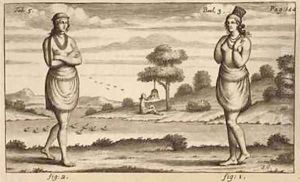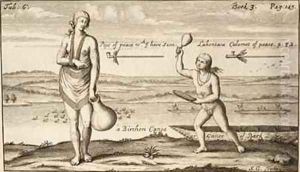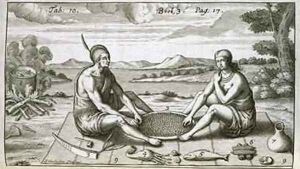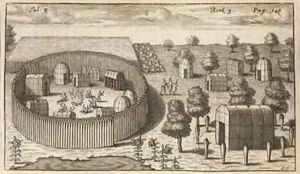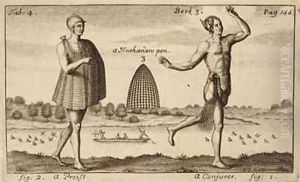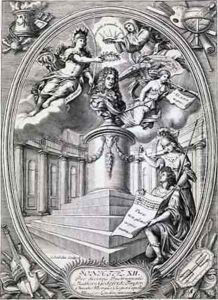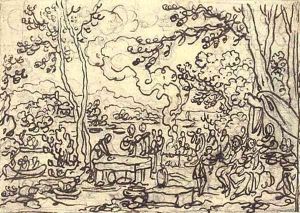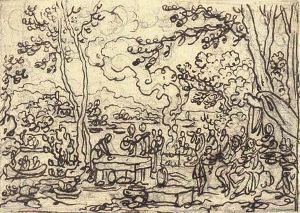Simon II Gribelin Paintings
Simon II Gribelin was a French-born engraver and illustrator, recognized for his intricate work in England during the late 17th and early 18th centuries. Born in Blois, France, in 1661, Gribelin was part of a family deeply involved in the arts; his father, Simon I Gribelin, was also an engraver. The tumultuous religious climate of France, particularly the persecution following the revocation of the Edict of Nantes in 1685, led many Huguenots like Gribelin to seek refuge in more tolerant countries. Simon II Gribelin moved to England around the late 1680s, where he would spend the majority of his career and life, becoming a naturalized citizen in 1698.
In England, Gribelin quickly established himself as a master engraver. He was known for his precise and detailed work, especially his reproductions of famous paintings and his original engravings for book illustrations. Among his notable works were engravings for Sir Isaac Newton's 'Principia Mathematica', a testament to his skill and the esteem in which he was held. Gribelin's work was not limited to scientific texts; he also produced a significant number of decorative pieces, including book frontispieces, portraits, and architectural engravings.
Gribelin's style was characterized by its meticulous attention to detail and clarity, making his engravings highly prized among collectors and artists alike. He contributed significantly to the dissemination of artistic and scientific knowledge through his engravings, which were crucial for books and periodicals of the time. Despite his French origins, Gribelin became an integral part of the English artistic community, bridging cultural and artistic exchanges between England and France during his lifetime.
Simon II Gribelin passed away in 1733 in London, leaving behind a legacy of craftsmanship and artistry that continued to influence engravers and illustrators. His works remain a testament to the skills of engravers in the early modern period, showcasing the importance of this art form in the dissemination of knowledge and culture across Europe.
